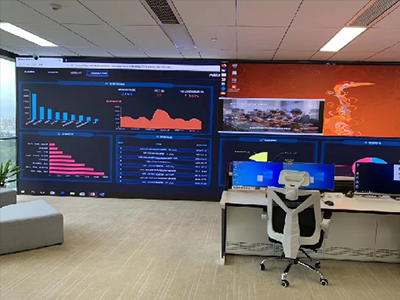ERP系统 & MES 生产管理系统
10万用户实施案例,ERP 系统实现微信、销售、库存、生产、财务、人资、办公等一体化管理
Mastering Excel Printing: The Ultimate Guide to Adjusting Print Size Effortlessly
Printing from Excel can be a daunting task, often leading to frustrations over incorrect sizes and layouts. However, with a few simple adjustments and techniques, you can bid farewell to printing woes forever. This comprehensive guide will walk you through everything you need to know to optimize your Excel sheets for printing, ensuring clarity and precision in every printout.
Understanding Print Scaling and Options
Excel offers powerful tools for adjusting print sizes. By utilizing print scaling and other print options effectively, you can ensure that your data fits neatly onto paper without compromising clarity or readability. Here’s how to navigate these settings:
Excel’s Page Layout tab houses crucial print settings. Navigate to Scale to Fit to adjust both width and height of your printout. Experiment with Adjust to for optimal fit, or use Scale options to specify a percentage size.
Setting Print Areas and Titles
Define specific print areas within Excel to control which parts of your spreadsheet are printed. This feature is particularly useful for large datasets or when you only need to print selected sections. Follow these steps to set print areas:
1. Select the cells you want to include.
2. Navigate to Page Layout > Print Area > Set Print Area.
3. Optionally, set a Title Row using Page Layout > Print Titles to ensure column headers repeat on each page.
Enhancing Print Quality with Page Breaks
Managing page breaks ensures that your data prints neatly across pages, preventing awkward splits in the middle of important information. Excel’s Page Break Preview feature allows you to adjust and move page breaks manually:
1. Switch to Page Break Preview under the View tab.
2. Drag page breaks to adjust where pages end and begin.
3. Use Insert Page Break to add new breaks as needed.
Optimizing Headers and Footers
Headers and footers provide essential context to your printed Excel sheets. Customize them to include page numbers, dates, or other relevant information:
1. Access headers and footers through Page Layout > Header/Footer.
2. Insert predefined elements like &[Page] or &[Date].
3. Format headers and footers with font styles and alignment options.
Previewing Before Printing
Before committing to printing, use Excel’s Print Preview feature to inspect how your document will appear on paper. This step allows you to catch any layout issues beforehand:
1. Click on File > Print.
2. Review the preview pane to ensure all content fits within the page boundaries.
3. Make adjustments as necessary using the settings provided.
Saving Printing Settings for Future Use
Once you’ve configured your print settings to perfection, save them as a print area template or worksheet template for future use. This ensures consistency across all your printouts without needing to reconfigure settings each time.
Conclusion: Perfect Prints Every Time
Mastering Excel’s printing capabilities empowers you to produce professional-looking documents with ease. By understanding and utilizing print scaling, defining print areas, managing page breaks, customizing headers and footers, previewing prints, and saving settings, you ensure that your Excel sheets translate seamlessly from screen to paper. Embrace these techniques, and say goodbye to printing frustrations forever.
This guide equips you with the ultimate tools and knowledge to optimize your Excel printing experience, ensuring efficiency and clarity in every document you produce.












 咨询顾问
咨询顾问